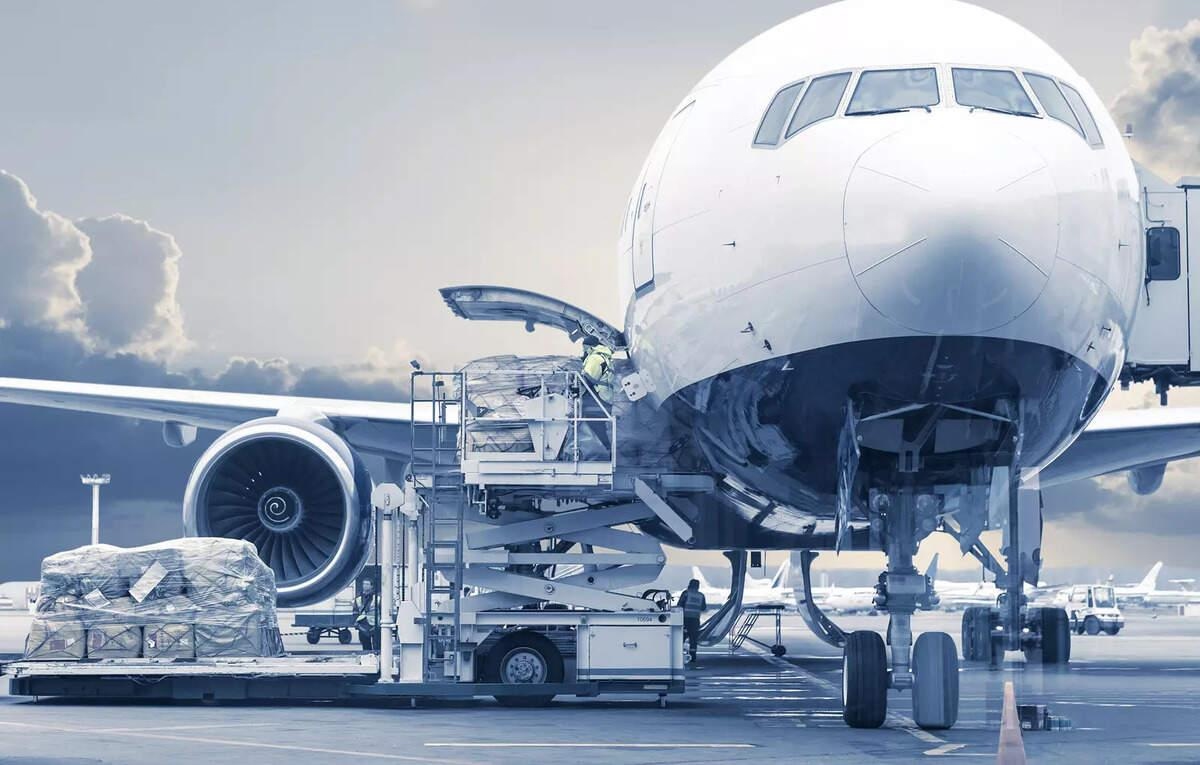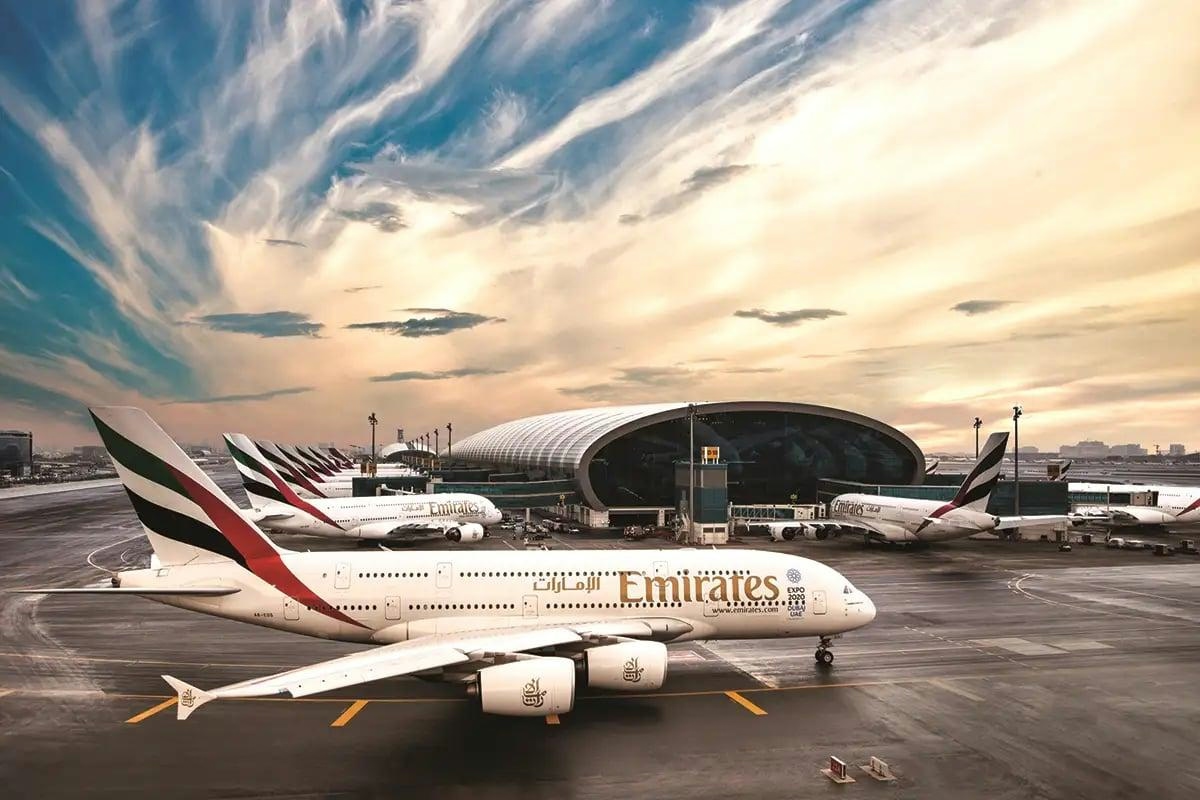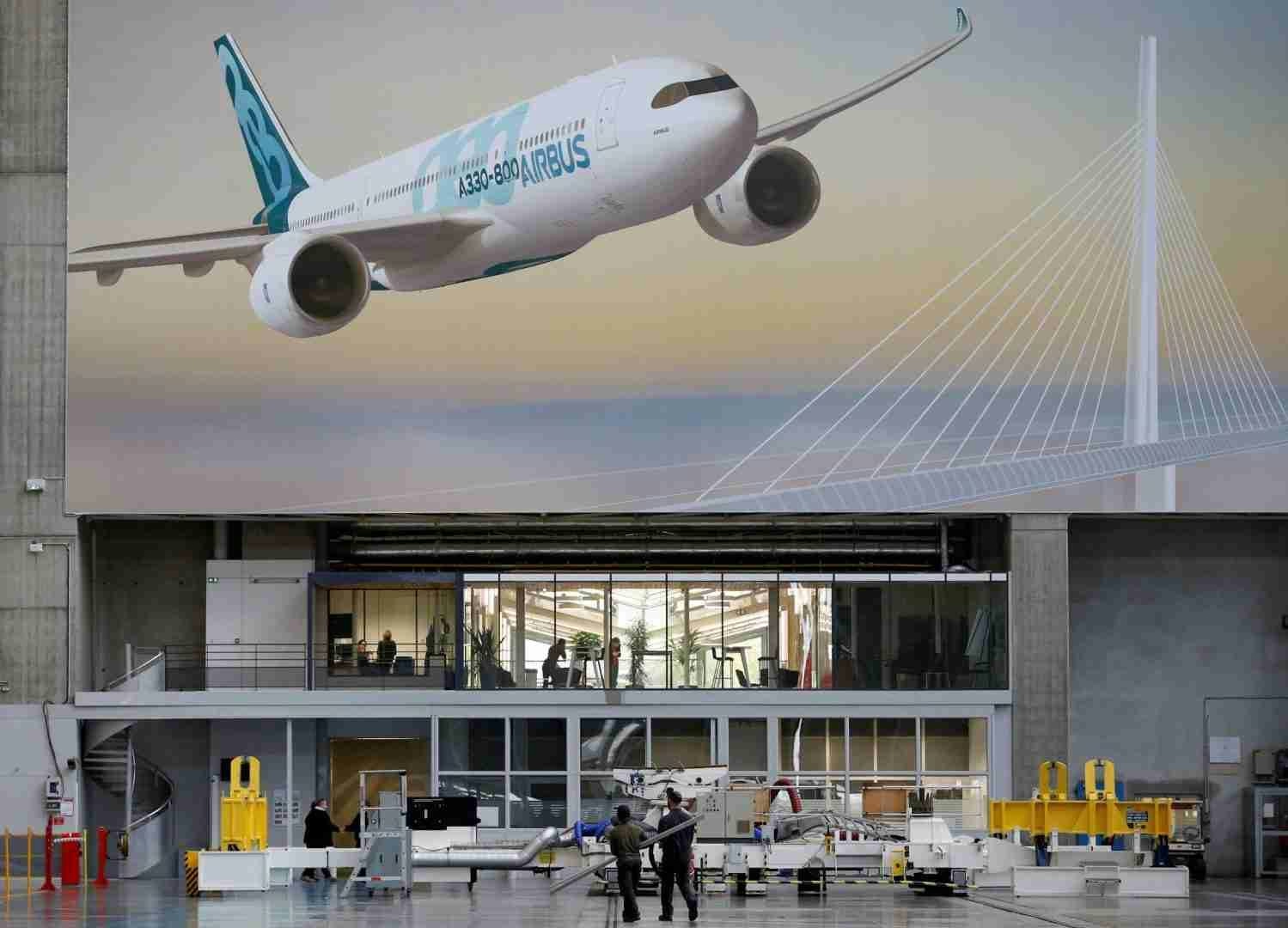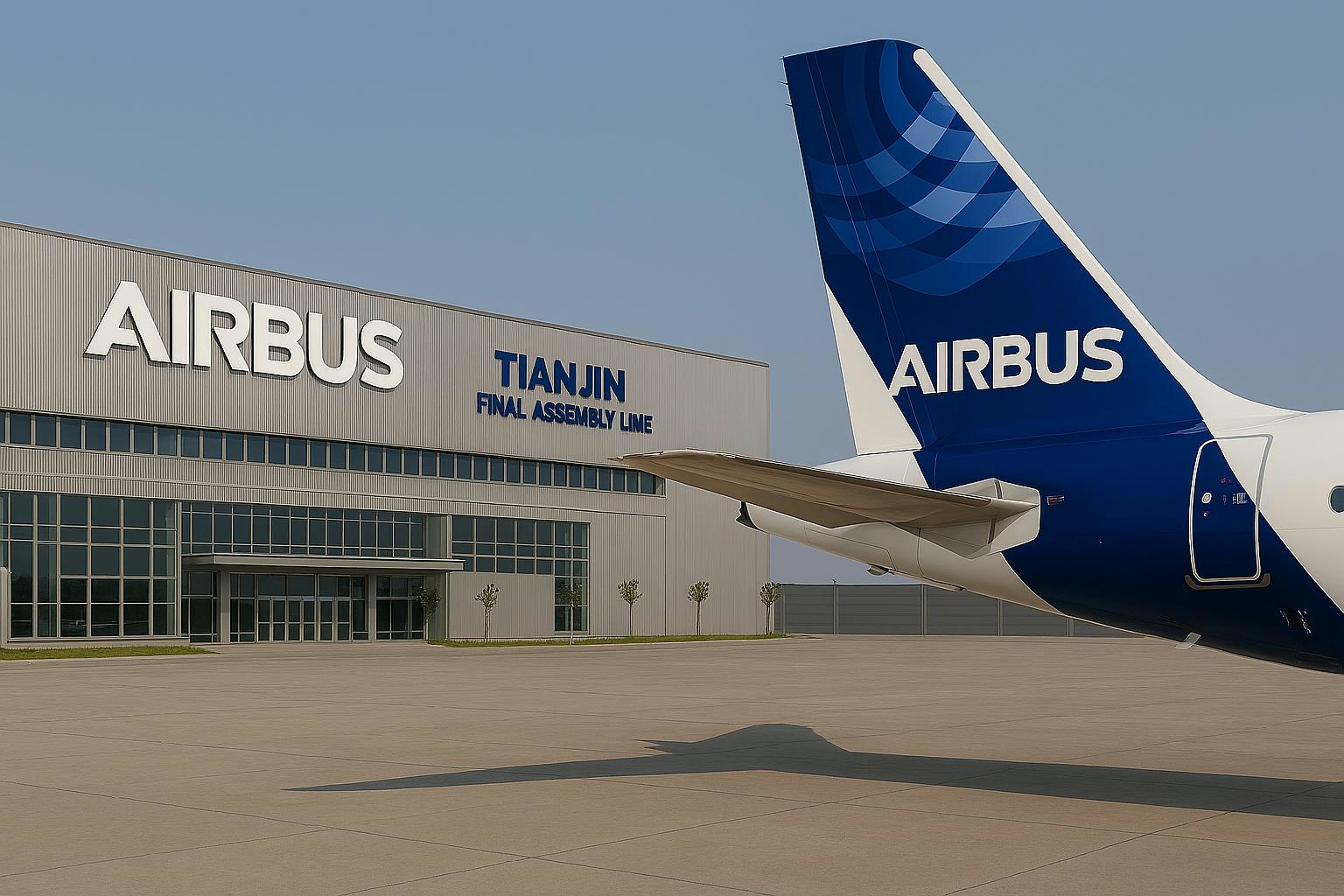
AeroGenie — Your Intelligent Copilot.
Trending
Categories
Policy Shortcomings Put SAF Production at Risk

Policy Shortcomings Put SAF Production at Risk
The International Air Transport Association (IATA) forecasts that Sustainable Aviation Fuel (SAF) production will reach 2 million tonnes (approximately 2.5 billion liters) by 2025. Despite this anticipated growth, SAF will represent only 0.7% of the total fuel consumption by airlines. Willie Walsh, IATA’s Director General, emphasized that while doubling production is a positive development, the volume remains insufficient to meet the sector’s fuel demands. Moreover, the relatively modest increase in SAF supply is expected to add $4.4 billion globally to the aviation fuel bill. Walsh underscored the urgent need to accelerate production capacity and improve cost efficiencies to make meaningful progress in decarbonizing aviation.
Mandates Drive Up Costs
The majority of SAF production is currently concentrated in Europe, driven by new mandates introduced by the European Union and the United Kingdom, which will come into effect in January 2025. However, these regulatory requirements have inadvertently led to a significant escalation in costs. The price of SAF for European airlines has doubled, largely due to compliance fees imposed by producers and suppliers. For the estimated one million tonnes of SAF required to satisfy these mandates, the market price is projected at $1.2 billion, with an additional $1.7 billion in compliance fees. IATA warns that these extra costs could have otherwise been used to offset 3.5 million tonnes of carbon emissions in other sectors.
Rather than incentivizing the adoption of SAF, Europe’s mandates have rendered it five times more expensive than conventional jet fuel. Walsh criticized the premature implementation of mandates without adequate market conditions or safeguards against exploitative pricing practices. He cautioned that increasing the cost of the energy transition—already estimated at $4.7 trillion—through poorly designed decarbonization policies is counterproductive. Walsh called on European policymakers to reconsider their approach and seek alternative strategies to support sustainable aviation.
Industry and Market Challenges
Beyond regulatory pressures, the aviation industry faces significant challenges related to the high production costs and limited infrastructure for SAF. Airlines have expressed concerns that these factors, combined with stringent regulatory requirements, may lead to increased airfares and reduced travel options for passengers. Some governments might respond by limiting the number of permitted flight operations, which could further drive up ticket prices. There is also apprehension that persistently high costs could divert airline investments away from SAF development toward other priorities.
In response, an industry alliance has been established to accelerate SAF production. Nevertheless, the effectiveness of these collaborative efforts in meeting the sector’s net-zero emissions targets remains uncertain.
IATA Initiatives and Policy Recommendations
To facilitate the growth of a global SAF market, IATA is advancing two principal initiatives. The first is a SAF registry managed by the Civil Aviation Decarbonization Organization (CADO), designed to provide a transparent and standardized system for tracking SAF purchases, usage, and emissions reductions in compliance with international frameworks such as CORSIA and the EU Emissions Trading Scheme. The second initiative is the SAF Matchmaker platform, which aims to connect airlines seeking SAF with available suppliers.
IATA calls on governments to take urgent action in three critical areas. First, policymakers should create more effective regulations that level the playing field for renewable energy producers by reallocating a portion of the $1 trillion in global fossil fuel subsidies to support SAF development. Second, comprehensive energy policies must be developed to increase renewable energy production and ensure that SAF receives an appropriate share of this output. Third, a holistic approach is necessary to integrate SAF within broader energy and climate strategies, promoting joint use and synergy across sectors.
Without coordinated policy measures and sustained industry support, the expansion of SAF production—and the achievement of aviation’s net-zero goals—remains uncertain.

Dubai’s 2026 Plans: Key Developments from Flying Taxis to the Year of the Family

CALC Orders 30 Airbus A320neo Jets to Expand Fleet by 2026

AI in Travel Planning: Benefits, Risks, and Future Prospects

Airline Operated Largest Widebody Fleet in 2025

Tel Aviv Plans First Vertiport to Support Air Taxi Services

Pilot’s Distress Call Captures Near-Engine Failure Incident

The Small Cold War Helicopter Considered by the Marines for Combat

Boeing and Airbus Orders Race in 2025: Who Leads?

Air China Shares Rise After $9.5 Billion Airbus Jet Order
